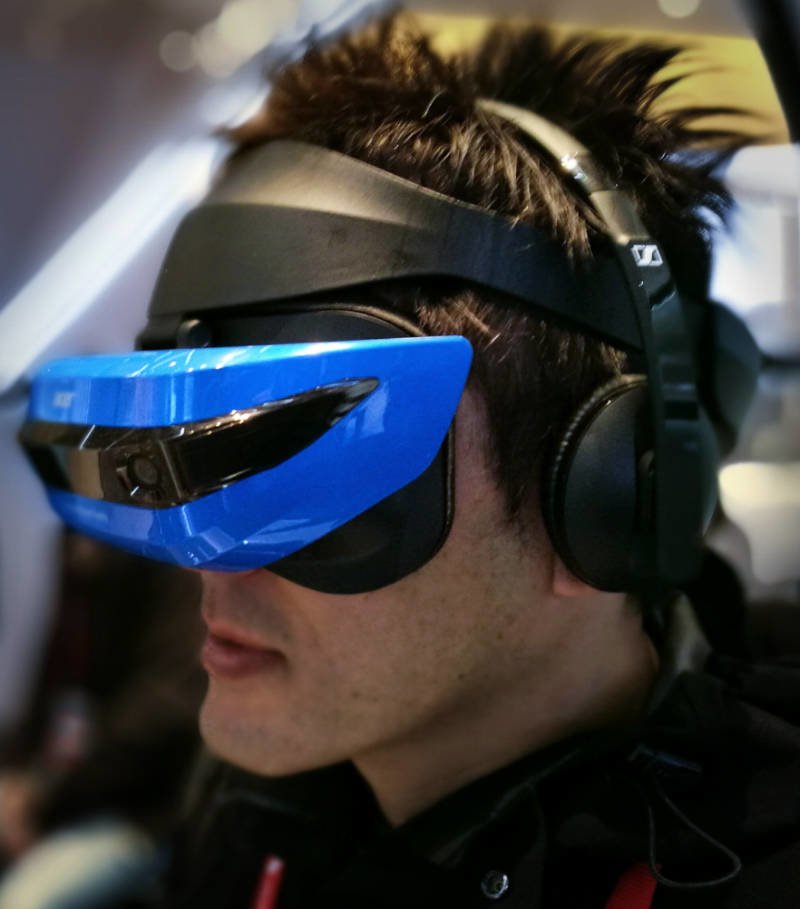Mobile World Congress 2018: The key technologies and issues in mobile
The processing capabilities of a top-end smartphone can match a desktop computing. Virtual and augmented reality are among the applications set to make the most of the processing power now available.
According to analyst Gartner, current virtual and augmented reality headset technology lacks maturity, but as its sophistication deepens, its adoption rate will accelerate at a modest pace through 2020. The analyst firm expects field service workers, those who maintain utilities, infrastructure, machines and equipment, will benefit from these technologies because their work is often ‘hands-busy’ tasks. Last year Gartner analyst Brian Blau described how an AR headset could provide visual overlays of diagrams, complex instructions, event recording or enable “see-what-I-see” remote collaboration. “Using AR can improve workforce productivity by removing time-wasting behaviours or improving the efficiency of tasks,” he said.











